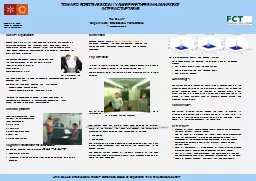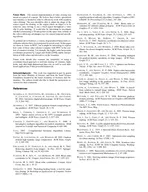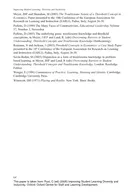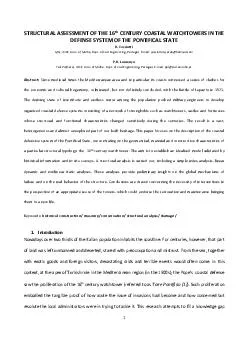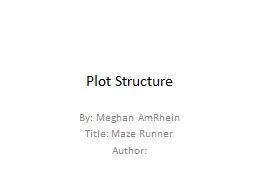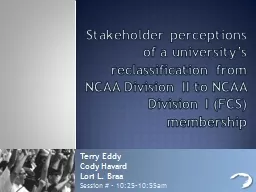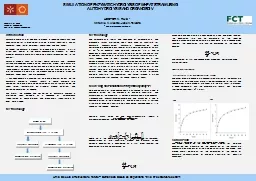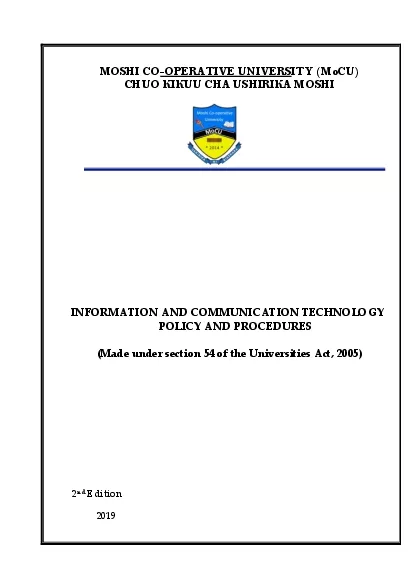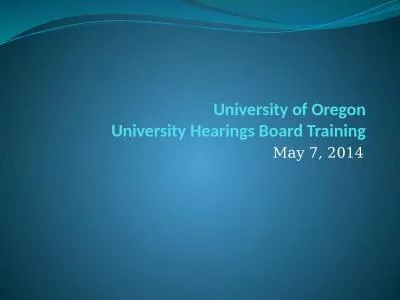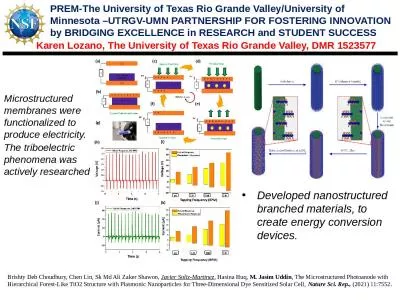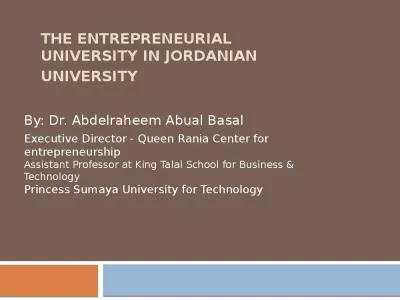PPT-University of Minho
Author : tatiana-dople | Published Date : 2016-09-08
School of Engineering Centre ALGORITMI Uma Escola a Reinventar o Futuro Semana da Escola de Engenharia 24 a 27 de Outubro de 2011 Robots beyond tools Todays
Presentation Embed Code
Download Presentation
Download Presentation The PPT/PDF document "University of Minho" is the property of its rightful owner. Permission is granted to download and print the materials on this website for personal, non-commercial use only, and to display it on your personal computer provided you do not modify the materials and that you retain all copyright notices contained in the materials. By downloading content from our website, you accept the terms of this agreement.
University of Minho: Transcript
Download Rules Of Document
"University of Minho"The content belongs to its owner. You may download and print it for personal use, without modification, and keep all copyright notices. By downloading, you agree to these terms.
Related Documents

